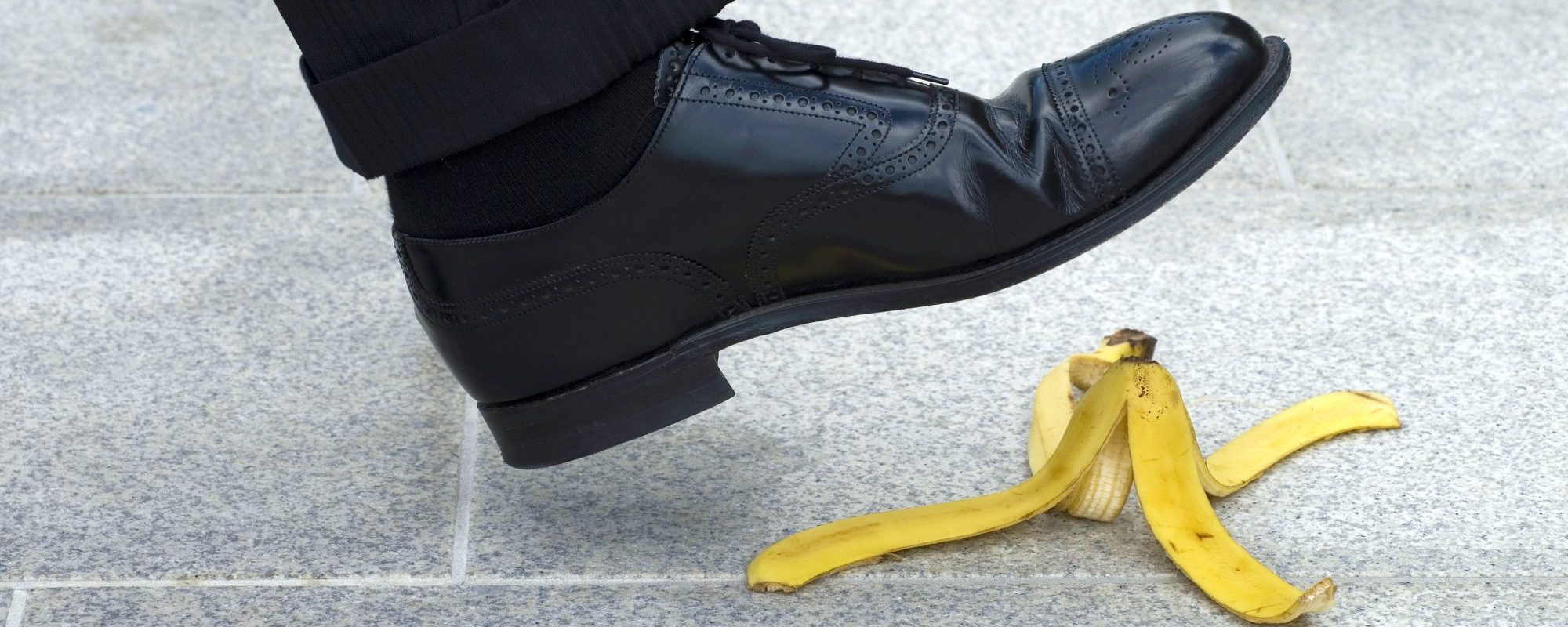
Not Just a Hazard to Avoid, Some Banana Skins are Helpful
August 10, 2017
Disruption as Usual (Part 2)
August 23, 2017This checklist contains eight sections.
Section 1: Prevention
A checklist of actions which could help to stop, deter or delay sexual assaults on campus. It is not exhaustive but provides some direction in relation to implementing effective preventative measures.
Section 2: Awareness
Examines the extent of knowledge of the risks presented by the internal and external environment of the university and surrounding areas. It is designed to assist in the identification of potential future issues and to provide data in the creation of risk assessments and reporting.
Section 3: Monitoring
Sound monitoring instills confidence that there is a reliable and trustworthy view of the number and nature of incidents or potential incidents. Monitoring also refers to the physical activity of hot spot surveillance, management of special events, patrolling and observing, all based on perceived risk and past incidents.
Section 4: Reporting
Recording incidents and communicating data, trends and risks to campus management, Police and the broader university community assists not only to create awareness but also in the establishment of reliable data sets upon which positive actions can be taken.
Section 5: Response
Response refers to the actions and processes associated with dealing with an actual incident as well as with the victims and other witnesses.
Section 6: Recovery
Recovery is a systematic way of providing support for the victim(s), witnesses, staff and university community following a sexual assault. The following provides some suggestions of issues to consider after an incident has occurred.
Section 7: Improvements
This section refers to the use and analysis of data in order to develop justification for actions and expenditure to improve the campus environment for the safety of students, staff and visitors.
Section 8: Comments



